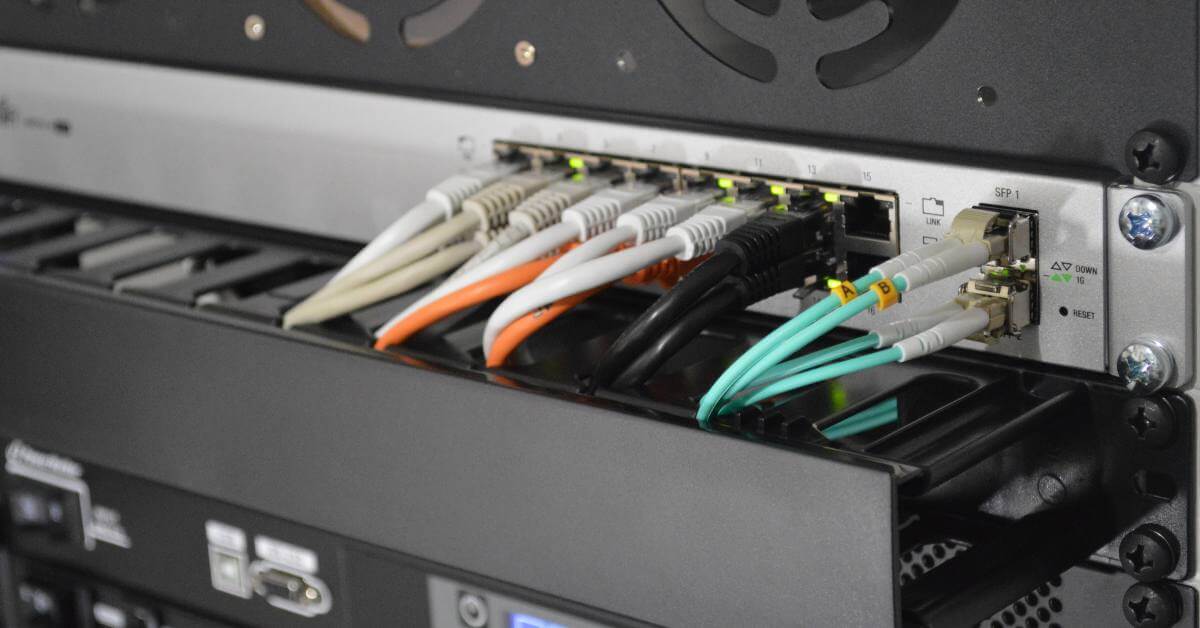Moving to the cloud can be intimidating and complex—especially when you’re faced with regulatory compliance requirements.
At the same time, public clouds can be more secure than traditional datacenters. This is because they are managed by large organizations constantly monitoring and implementing security measures within their clouds. The key is to create a solid and secure cloud infrastructure that establishes confidence in the cloud environment.
This infrastructure should be based on best practices such as:
- Assume Breach, which is a philosophy centered around the belief that it’s not a question of if, but when, data protections will be breached
- Zero trust in any hardware or software that has access to data
- Micro-segmentation to ensure rules and procedures exist for everything that interacts with data
Beyond having a solid and secure cloud infrastructure, you should also leverage the array of technologies offered by public cloud platforms. These technologies provide a more robust cloud environment while still maintaining the required level of security and compliance.
By utilizing tools like integrated firewalls, role-based access controls, encryption, and monitoring, your business can then build upon the compliance already implemented by cloud providers in order to meet critical security requirements without heavily investing in the technologies themselves.
In fact, implementing security at scale in the public cloud is often less expensive than traditional datacenters, particularly when it comes to capital expenditures, soft costs, and time to deployment.
Additionally, with encryption by default or only a click away—features that can be expensive and intimidating to implement within a traditional datacenter—enterprises are able to spend less time focusing on infrastructure security while lowering the bar to entry for adopting new technologies readily available in the cloud.

Keeping the cloud secure
In business, the word “silo” is often used with a negative connotation. But when it comes to cloud security, creating silos is exactly what an enterprise should focus on.
In many ways, breaches are a virus (sometimes literally) and, as we’ve all been reminded recently, one of the best ways to fight a virus is to create isolation.
For data in the cloud, isolation means creating silos that ensure specific components utilizing data are quarantined from each other. Strict rules like a particular web server can only talk to a specific application tier and dataset.
That way, when the perimeter gets breached, bad actors don’t have free access to all data, servers, and applications.
To learn more about the process of building out effective security protocols for the cloud or multi-cloud environments, visit our security and governance resource.
Categories
- Cloud Migration and Adoption
- Enterprise IT and Infrastructure
- Artificial Intelligence and Machine Learning
- Data Management and Analytics
- DevOps and Automation
- Cybersecurity and Compliance
- Application Modernization and Optimization
- Featured
- Managed Services & Cloud Cost Optimization
- News
- Workplace Modernization
- Tech We Like
- AWS
- Social Good News
- Cost Optimization
- Hybrid Cloud Strategy
- NVIDIA
- Application Development
- GPU




